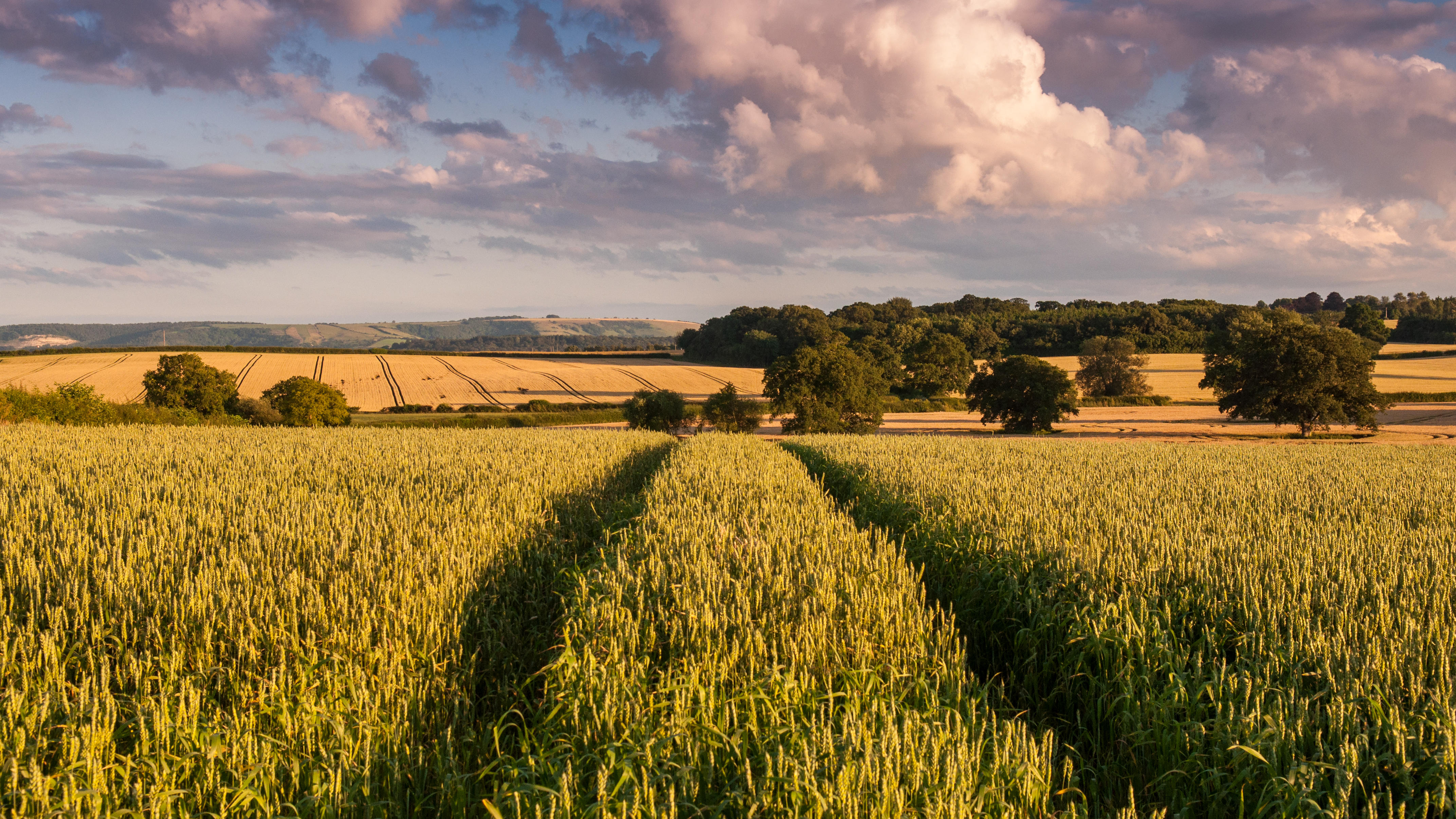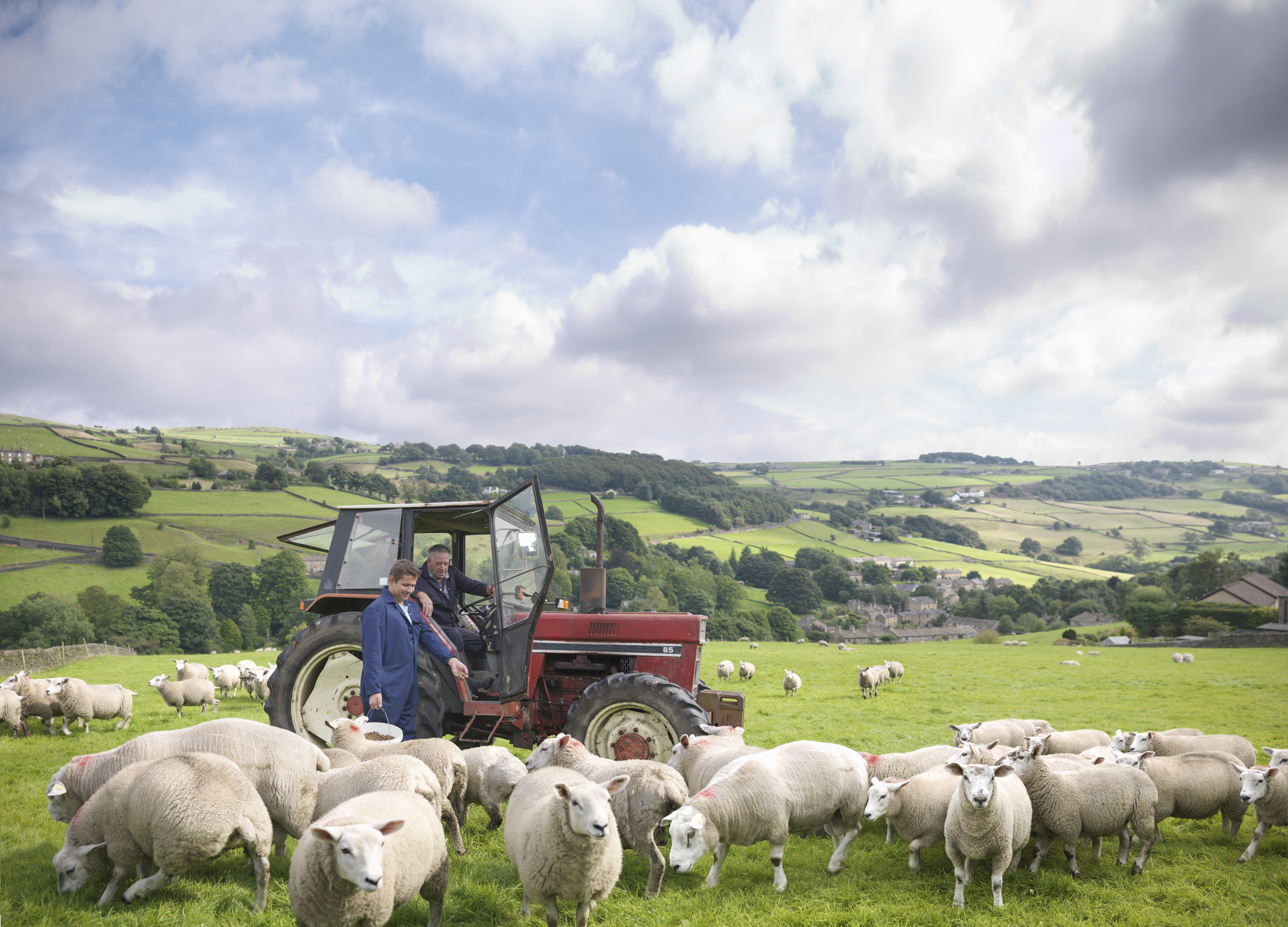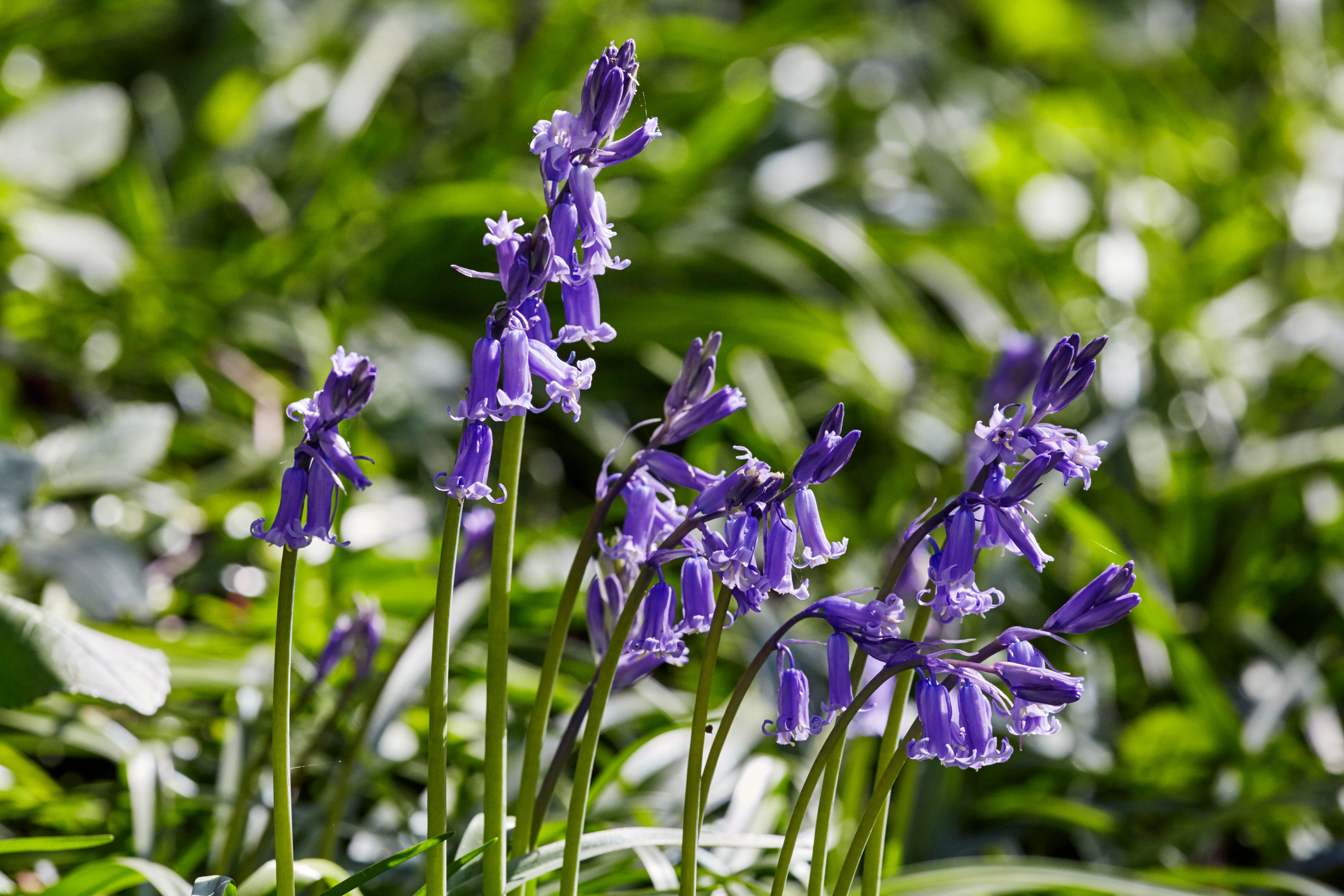The American airman's portrait of 1940s England that portrays a world that's already disappeared
A chance encounter with a book stall opens the eyes of our columnist Agromenes as he sees England through the eyes of an American airman.


Every year, the local church fête is the cause of domestic tension. It’s simply that Agromenes cannot resist the book stall and, despite earnest entreaties, always returns with yet more books for which there is simply no room on the shelves.
This year was no exception, but all was excused by a special find. Among the as-yet-unread murder stories, a dictionary of conmen and fakes and an introduction to cookery with garlic and olives, there was a slim volume, published in 1948, that shone a light on the condition of the countryside today in a quite remarkable way. Suffolk Summer was written by a young American airman, John Tate Appleby, who had come to Europe for the first time and found himself stationed in East Anglia. There, he fell in love with the English countryside and described it with an unusually perceptive eye.
He starts with the weather: ‘England has a moist climate, but the rainfall is not by American standards excessive. What makes the rainfall particularly effective is the fact that it is fairly uniformly distributed throughout the year, so that England does not have the hot, dry, withering summers that we have at home.’
Well, 2022 put paid to that idea. ‘Hot, dry, and withering’ is a pretty exact description of what we will increasingly come to regard as normal. In three quarters of a century the climate that Appleby described has wholly changed. What was once expected and valued has gone forever.
He continues: ‘Most of the rainfall is of a gentle nature, rather than the exuberant cloudbursts and torrential downpours that one suffers in America.’ What better picture of the pattern of rain to which we have grown used over the past decade? Instead of the refreshing showers of the 1940s, we now have precisely those sudden and intense storms Appleby thought wholly alien to the England he had begun to love.

Indeed, back then, he rejoiced that, ‘being of a gentle nature, the rain is almost wholly absorbed as it falls’. He had no inkling of the compacted soil and hard-baked ground and the increasingly torrential rainfall that now makes flooding in England so much more general. He never realised that in just a few generations we would expect drought and floods as regular occurrences almost every year.
Sadly, there is more truth to be revealed. Appleby is caught up by the beauty of the English countryside and he wants to explain what is particular and special about it. He lights upon our hedges and describes the historic process of enclosure and the aesthetic pleasure hedgerows offer. However, he doesn’t leave it there; he turns to more practical matters: ‘The hedgerow… provides a windbreak, protecting the fields from the high winds that can do much damage both to the crops and to the soil — it is a check to soil erosion.’ And so it is, and was then — but now, when so many of those hedges have been torn out for government grants, more and more topsoil is lost every year and the erosion that damaged so much of the American Middle West is now a real problem in England, particularly in the East Anglia where he was stationed.
Exquisite houses, the beauty of Nature, and how to get the most from your life, straight to your inbox.
The English countryside that captured Appleby’s imagination has been drastically damaged and the climate that he so enjoyed has been fundamentally changed. Yet his vision of the land that he grew to love should inspire us to protect what remains and fight to recover what is lost of ‘the English landscape that is a setting to be lived in; as a work of man it is pre-eminently a lovely and suitable background for man’. That is the environment that Man made and now threatens.

Credit: Alamy Stock Photo
Agromenes: The terrible warnings which must make us take food self-sufficiency seriously again
Country Life's agriculture columnist Agromenes on why we need to learn the lessons of the tragic events of the last

Credit: Getty Images/Cultura RF
Agromenes: 'Why does a Conservative Government think it’s wrong for the market to drive change? '
Country Life's columnist Agromenes ponders why the Government isn't doing more to encourage a market-based drive towards regenerative farming.

'Throughout history, it’s spring that has given humanity the fortitude to survive'
The beauty of spring in Britain makes the lockdown infinitely more bearable as many make the most of their time
Country Life is unlike any other magazine: the only glossy weekly on the newsstand and the only magazine that has been guest-edited by His Majesty The King not once, but twice. It is a celebration of modern rural life and all its diverse joys and pleasures — that was first published in Queen Victoria's Diamond Jubilee year. Our eclectic mixture of witty and informative content — from the most up-to-date property news and commentary and a coveted glimpse inside some of the UK's best houses and gardens, to gardening, the arts and interior design, written by experts in their field — still cannot be found in print or online, anywhere else.
